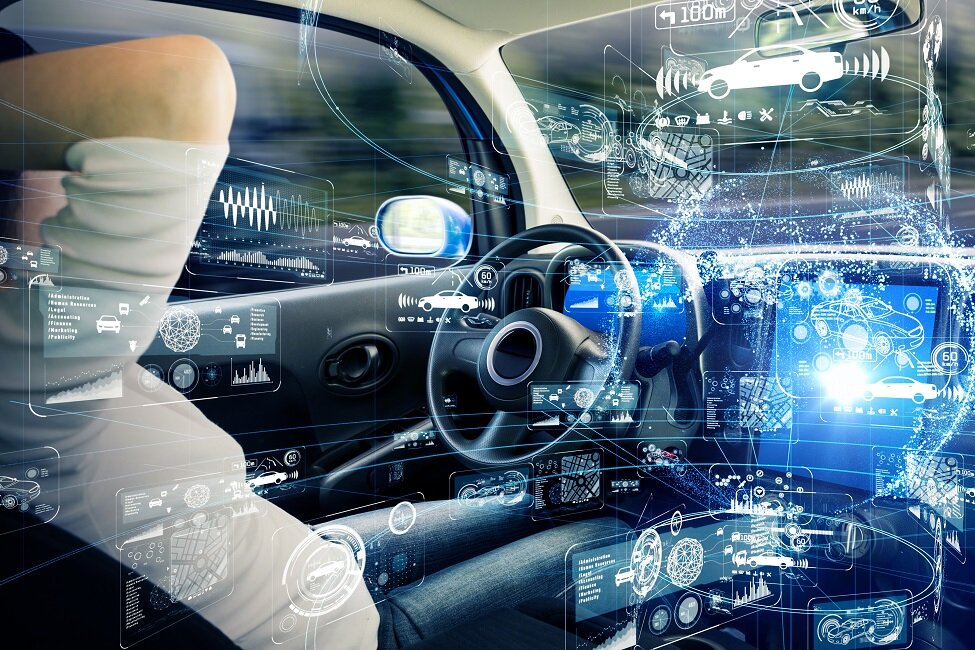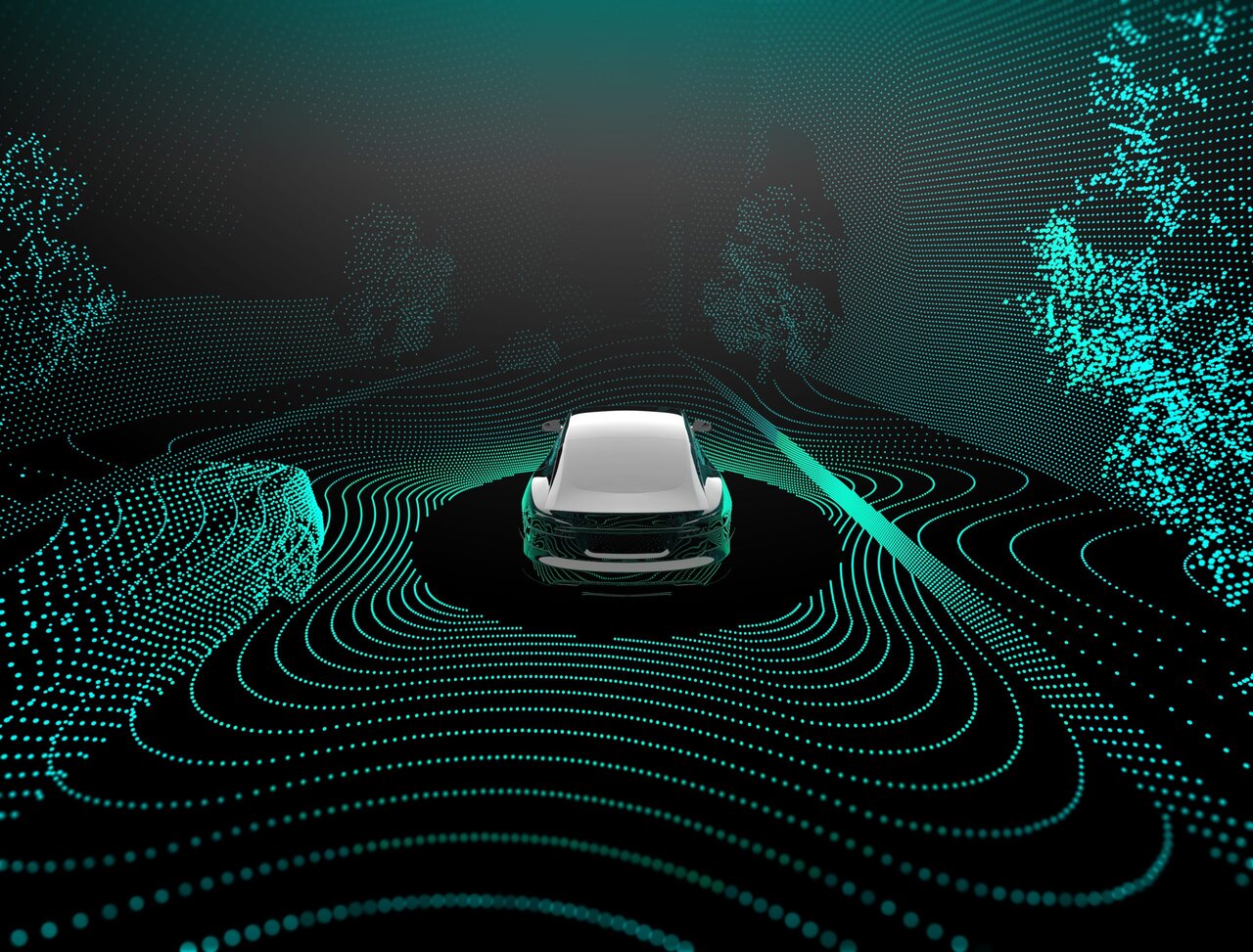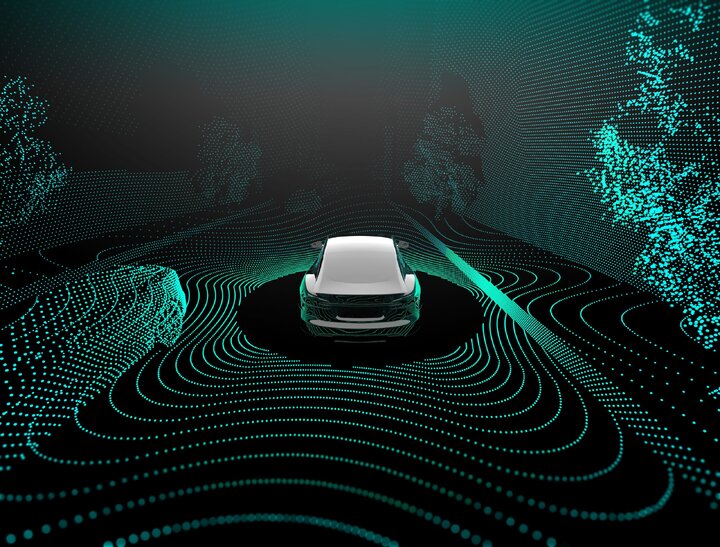Iran (IMNA) - Sickness from motion is most commonly encountered in vehicles, giving birth to the name "car sickness." Passengers, unlike drivers, are prone to feeling ill because they lack the ability to predict trajectories.
One would think that after more than a century of automotive development, the problem of carsickness would be resolved. However, this is not the case. As road vehicles continue to evolve technologically, changes such as electrification, digitalization, and automation bring both benefits and drawbacks.
In reality, certain technical advancements may cause or intensify the impression of unbalance, preventing car occupants from predicting the route. As a result, they raise the likelihood of experiencing illness symptoms on a more frequent basis. Those whose impacts have previously been recorded are listed below.
An electric motor is more linear and quieter by nature than a combustion engine. This benefit has the disadvantage of preventing certain automobile users from integrating the vehicle's movement. For example, whereas in vintage automobiles we identify acceleration with engine revving, electric cars abruptly remove this reference point. The vibrations of the combustion engine, which some find pleasant, are also gone.
Regenerative braking, which transforms kinetic energy from braking into electrical power to charge the vehicle's high-voltage battery, can also throw occupants off balance. This system's decelerations are often low-frequency, which is indicative of a sickness-inducing motion force.

Interior design that fosters distraction
A different technological advancement that causes motion sickness is the increasing appearance of larger and more numerous displays inside automobiles. Users are overburdened with visual information on these devices, which inhibits them from looking outside. As a result, they lose their capacity to perceive their position in space by taking in the 'proper' visual information, i.e. the exterior perspective of the vehicle. This, in turn, causes illness.
The use of screens in automobiles is expected to grow in the next years, with vehicles perhaps including displays on glass surfaces or offering on-board virtual reality experiences. This intrusive atmosphere can have an effect on travelers' well-being. Indeed, knowing that one is likely to experience nausea from screens can cause anxiety in sensitive passengers, with research correlating up to 40% of motion sickness symptoms to passenger psychology.
The race among automakers to develop the first completely autonomous vehicle is also expected to exacerbate the situation. While today's automobiles are only partially automated, they will be able to pilot themselves in the future. As previously stated, this is problematic since we know that driving is the best method to predict trajectories and mitigate symptoms.
Furthermore, the absence of the driving cockpit will allow car interiors to be redesigned to be more appealing, similar to a rolling living room. These new layouts will provide passengers with greater freedom, such as the ability to swivel their seats backward to converse with other passengers. However, sitting with one's back to the road is related to the likelihood of being ill in the collective unconscious. Despite the fact that research has proven that it makes no difference with forward-facing orientations, this is another concept that might be a psychological predisposition toward symptoms.
Another promise of self-driving cars is that they would allow passengers to dedicate "idle" journey time to constructive chores or enjoyment. This tendency is mirrored by the growing popularity of taxi when passengers prefer to stare at their digital gadgets. Again, similar distractions prevent travelers from interacting with the scenery.
Finally, keep in mind that the prevalence of motion sickness in non-automated vehicles remains moderate due to drivers' capacity to adjust their driving style when their passengers detect discomfort. This human factor is expected to vanish in self-driving cars, whose driving style will be less flexible and natural than that of a human driver.

Humans as the primary impediment to technological progress
Due to the lack of appropriate motion sickness mitigation methods in automobiles, worsened symptoms may eventually lead to customers rejecting such highly advanced vehicles. Given the ethical, psychological, and legal implications of their development, humans may become the primary impediment to the acceptance of these new sorts of vehicles.
For these reasons, automakers and suppliers have become more interested in this phenomenon in recent years. Their goal is to better understand it in order to properly alleviate it—not for public benefit but because it may jeopardize the successful introduction of their future goods.
To this day, the precise reasons for motion sickness remain unknown, encouraging corporate research to focus on ways to reduce its recurrence. Countermeasures are being studied at the moment. The latter include the use of visual, aural, and tactile cues to help users better understand and predict the motions of the vehicle, as well as the programming of a comfortable driving style that mimics that of a person and minimizes rapid acceleration.


Your Comment